Here’s an uncomfortable truth: The world faces some huge problems, and there are no quick fixes.
Climate change poses an existential threat to humanity. AI is transforming entire industries — but using increasing amounts of electricity. Today’s trillion-dollar question isn’t “How can we crunch a lot more data?” It’s “How can we consume a lot less and a lot cleaner power during that computation?”
With the world moving so fast, the rush is on to figure it out.
But world-changing innovation doesn’t happen overnight, even with the benefit of AI. Solving our biggest problems takes skill, vision, patience and commitment. Most of all, it takes time.
Many of the inventions we take for granted today were decades in the making. And much-needed breakthroughs now in the works, in areas like clean energy on demand or quantum computing, might not be ready for decades still.
Here’s why companies should stay with problems longer — and how they can foster a culture of long-range innovation.
Some of the most profound innovations — the internet, AI and solar power — took 50 to 75 years, or even longer, to realize their full impact.
The value of long-term thinking
My experience as a scientist at Bell Laboratories, whose mission required it to take a very long view, was formative.
The business model was designed to fund industrial research and development of materials, devices and systems for wireless and fiber optics transmission, switching and computing based on photonics and semiconductors.
For Bell Labs, whose scientists won 10 Nobel Prizes, this approach paid off. The transistor, the laser, the solar cell, Unix, fiber optics and cellular technology are just a few notable innovations pioneered there. All were underpinned by technologies that were perfected over decades. Collectively, Bell Labs scientists were able to see opportunities that lay well over the horizon.

For companies, spotting such opportunities is one of the most difficult tasks. The key is adapting to rapidly changing technology and its effect on rapidly changing markets. There are many examples of companies that missed these major shifts: Kodak and Nokia are two that come to mind.
Successful businesses often focus on continuous innovation and invest heavily in R&D. They stay customer-focused and are “future-tense” — constantly double-checking their assumptions about evolving market trends, then reprioritizing R&D and capital allocations to achieve targeted returns over that cycle. I learned that defining and focusing on core competencies — along with a value proposition that customers recognize as enabling them to win in their markets and maintaining a sustainable competitive advantage — are the precursors of driving long-term success.
Patience is everything here. Some of the most profound innovations — the internet, AI and solar power — took 50 to 75 years, or even longer, to realize their full impact. Others, like fusion and quantum, are still in the bud. The hot pursuit of nuclear fusion as an energy source, for example, has been going on for several decades, since construction of the National Ignition Facility (NIF) at Lawrence Livermore National Laboratory began in 1997. In late 2022, the NIF team achieved a significant milestone, producing more energy from a fusion reaction than the energy the lasers consumed to initiate it. This pivotal moment in fusion research came about by staying with problems longer.
Building a culture of long-range innovation
Encouraging teams to stay with problems longer isn’t easy, but the rewards can be well worth it. I’ve seen various models attempted — some more successful than others. Based on what I’ve learned, here are four principles from best-in-class examples:
1. Foster resilience through adaptive innovation
Create flexible, cross-functional teams that can pivot when necessary, allowing them to work across disciplines and integrate diverse expertise. Establish innovation “sandboxes” or “reserves” — protected environments for experimental projects that face no pressure to make a fast buck but might earn a slow hundred. Resource the sandbox with contrarians and superstars — present and future — so they can be mentored. This approach allows for calculated risks without putting the core business in danger.
2. Invest in foundational technologies
With long-term gains in mind, businesses should invest in technologies that have transformative potential and a clear use case as a driver. To help teams gain insights that sustain innovation — as well as adapt to market shifts and identify new opportunities — access to high-quality data and advanced analytics will become increasingly important through adoption of AI.
3. Focus on purpose and sustainability through organizational learning
A purpose-driven culture inspires peak performance. Aligning with the company’s mission and values makes the entire team aware of its “True North.”
Investing in talent development and lifelong learning is crucial too. As the workforce ages, it’s essential to have a ready-set-go wave of successors at all levels who are competent and confident enough to step in and step up as leaders in the decades to come. It also means encouraging curiosity, providing access to cutting-edge training — and fostering an environment that motivates people to drive and embrace meaningful change. Culture and collaboration can be make-or-break catalysts.

4. Know when to act quickly
As we’ve seen across many industries, being first to market with the right breakthrough products and solutions — and offering them at scale — can provide a substantial accretion to returns on investment. In other words, when you’re done thinking slowly, sometimes it makes sense to act quickly.
Why the future of innovation still looks bright
It’s clear from so many past examples that when we stay with problems longer, we have our best shot. Ultimately, almost anything is possible.
But that can only happen by encouraging our best and brightest to hang in there for as long as it takes. Renewing our commitment to long-range innovation is a necessary and ongoing step. And thanks to the enthusiasm and amazing skills of those who are just entering our ecosystems, combined with the aspirations of universities, investors, employees and governments to find solutions to our most challenging problems, I still believe that the best is yet to come.

